Feb. 1, 2015:
A conversation with Anas Al-Janadi, MD, medical director of the Michigan State University Breslin Cancer Center, which is a member of the Big Ten Cancer Research Consortium.
Q: What does the Michigan State University College of Human Medicine Breslin Cancer Center’s membership in the Big Ten Cancer Research Consortium mean for the patients you and your colleagues serve?
Cancer is a devastating disease, and the fight against cancer can only be won by teaming up to fight this merciless enemy. Our patients now can have the cutting edge research that is expected to be created and launched by the consortium members. The diversity and unique strength of each institution will now come together in order to deliver on the promise to our patients who can now find the most promising clinical trials in their own community. The MSU Breslin Cancer Center always has and continues to partner with communities throughout the state. Through our membership in the Big Ten CRC, we can also extend the offerings of clinical trials to all of our partners. Read More
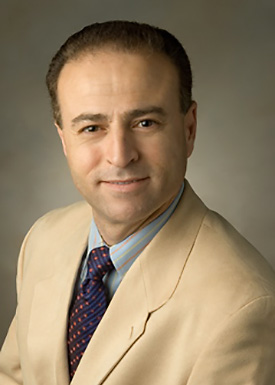
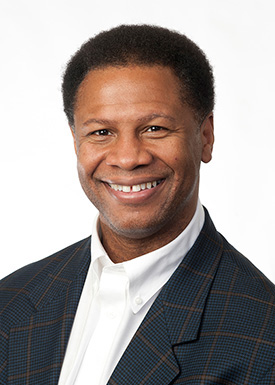
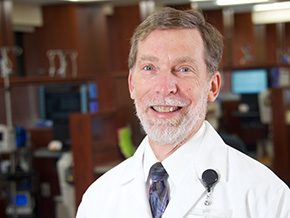
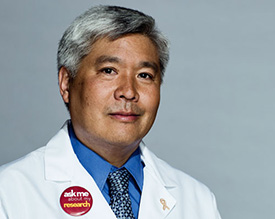
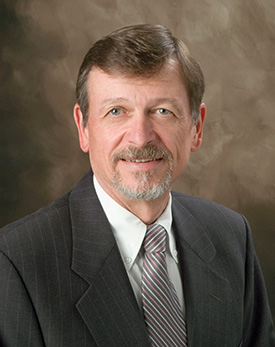 A conversation with Timothy L. Ratliff, PhD, Robert Wallace Miller Director of the
A conversation with Timothy L. Ratliff, PhD, Robert Wallace Miller Director of the  The collaborative interactions among Big Ten cancer centers will enable more rapid testing of new therapeutics. In truth, the whole is greater than the parts. By combining forces, multiple institutions will participate in clinical studies, patient accrual will occur more briskly and, therefore, outcomes will be determined more rapidly.
The collaborative interactions among Big Ten cancer centers will enable more rapid testing of new therapeutics. In truth, the whole is greater than the parts. By combining forces, multiple institutions will participate in clinical studies, patient accrual will occur more briskly and, therefore, outcomes will be determined more rapidly. 
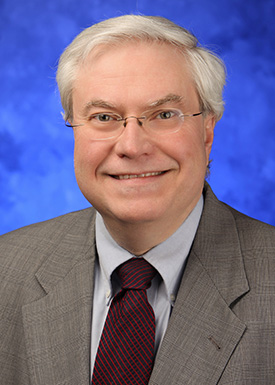 A conversation with Raymond J. Hohl, MD, PhD, director of
A conversation with Raymond J. Hohl, MD, PhD, director of 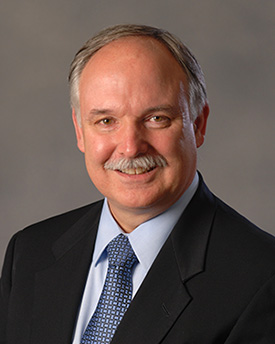 A conversation with Patrick J. Loehrer, Sr., MD, director of the
A conversation with Patrick J. Loehrer, Sr., MD, director of the 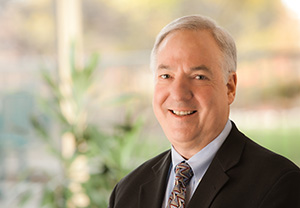

 Having integrated last year with Rutgers, The State University of New Jersey, Rutgers Cancer Institute of New Jersey is no stranger to collaboration when it comes to advancing scientific discoveries and developing innovative new treatment options for cancer patients. But as Dr. Robert S. DiPaola explains, being part of a consortium enables a wealth of expertise and resources to accomplish this very important mission.
Having integrated last year with Rutgers, The State University of New Jersey, Rutgers Cancer Institute of New Jersey is no stranger to collaboration when it comes to advancing scientific discoveries and developing innovative new treatment options for cancer patients. But as Dr. Robert S. DiPaola explains, being part of a consortium enables a wealth of expertise and resources to accomplish this very important mission. 













Subscribe to the Big Ten CRC Newsletter X
X Facebook
Facebook YouTube
YouTube